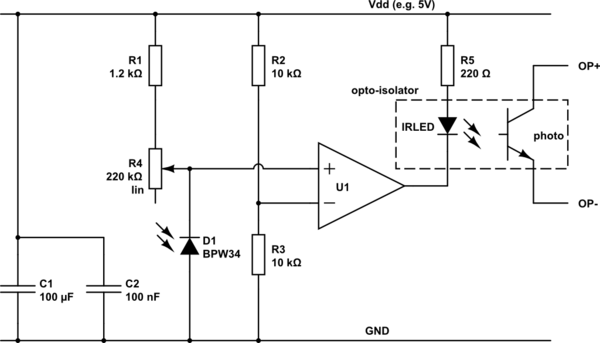I am trying to create a very simple circuit using a CDS photo resistor. The situation is simple, I need a circuit to be connected when its light, disconnected when its dark. The photocell will sit in complete darkness, when a camera flash is fired, I want the photocell to simply connect a circuit which will then trigger other flashes. The flash circuit doesn't carry any voltage, it just needs to be completed. Basically, I need the two photocell to simply connect two wires when its light and disconnect them when its dark.
I am using this CDS photo cell: https://www.creatroninc.com/product/7mm-light-dependent-resistor-photo-resistor/?search_query=light+sensor&results=60
This is my first experience with one of theses Photo Resistors LDR and I thought it would be really simply but I'm striking out this morning. Thank you!


